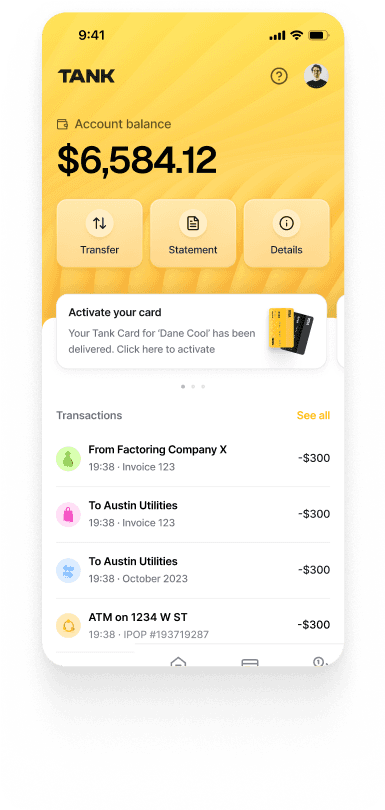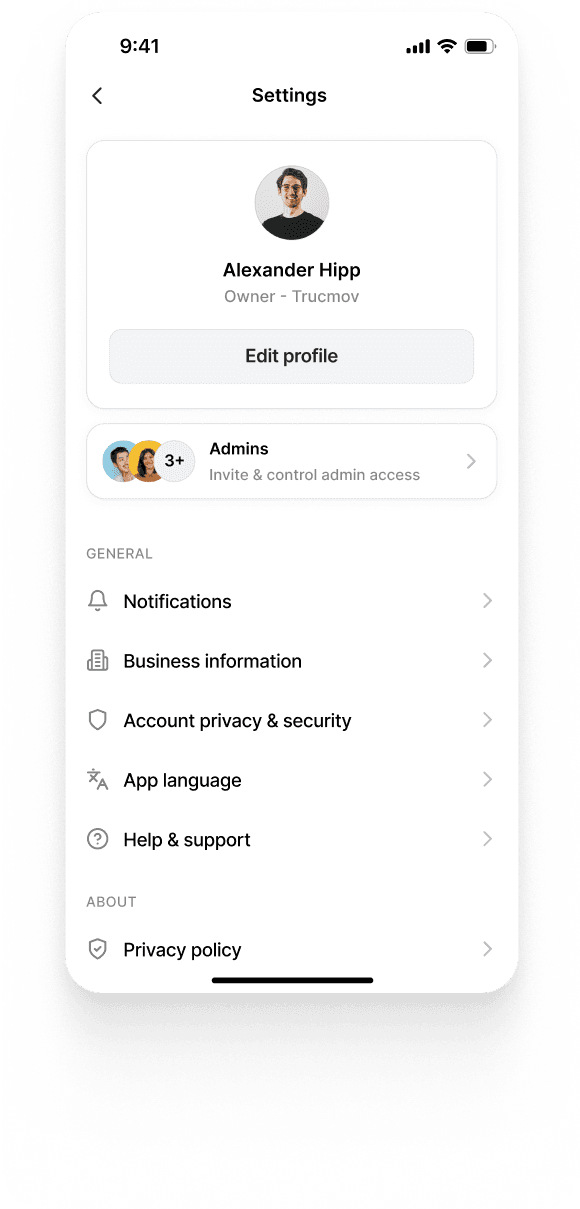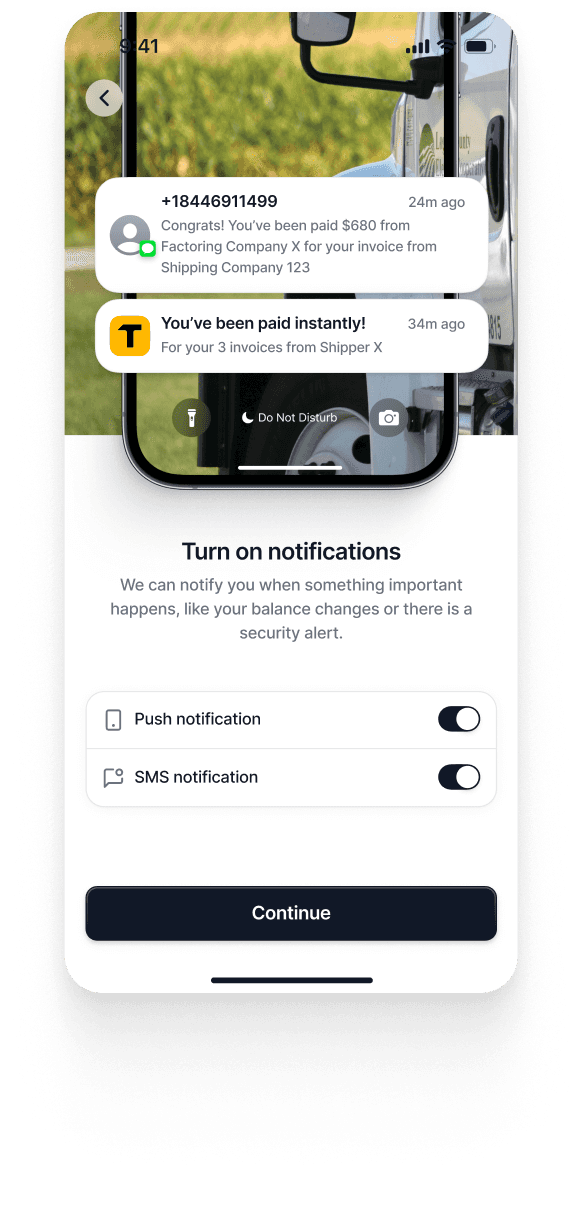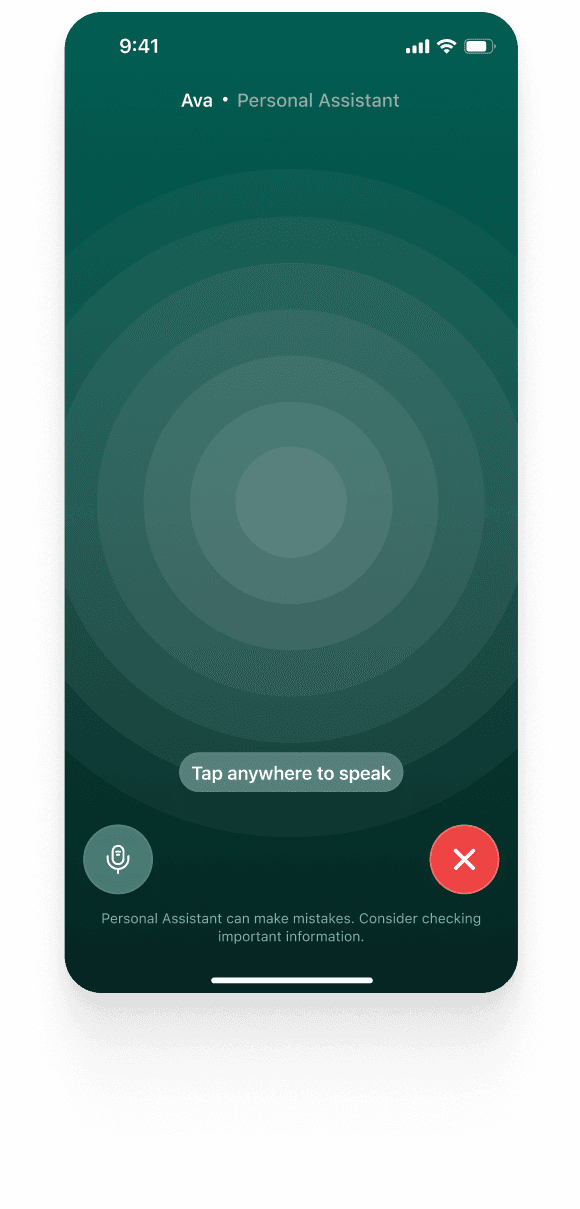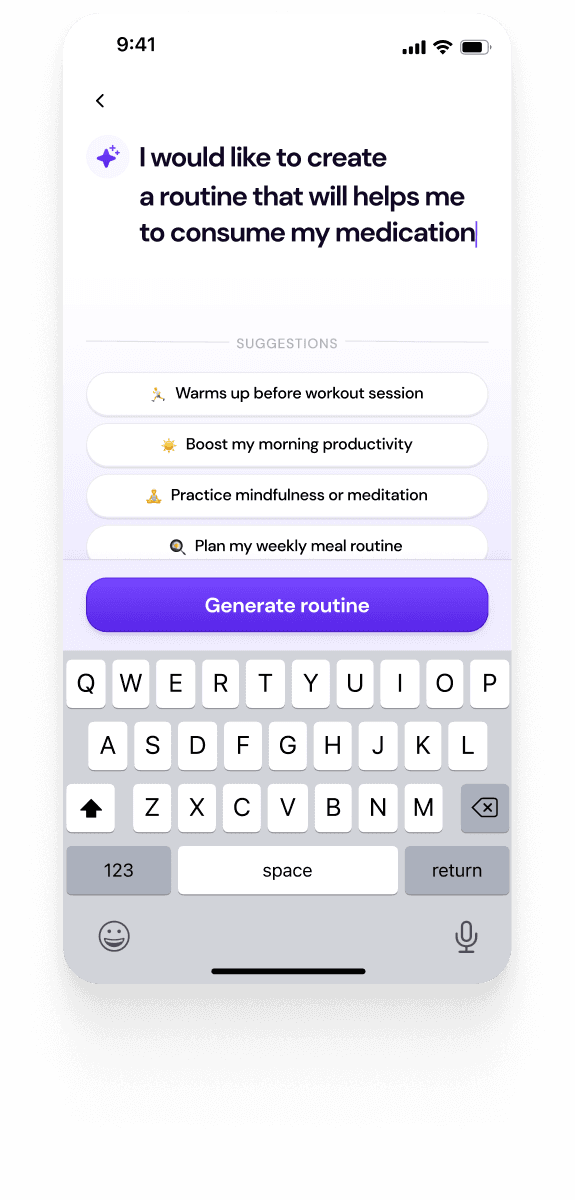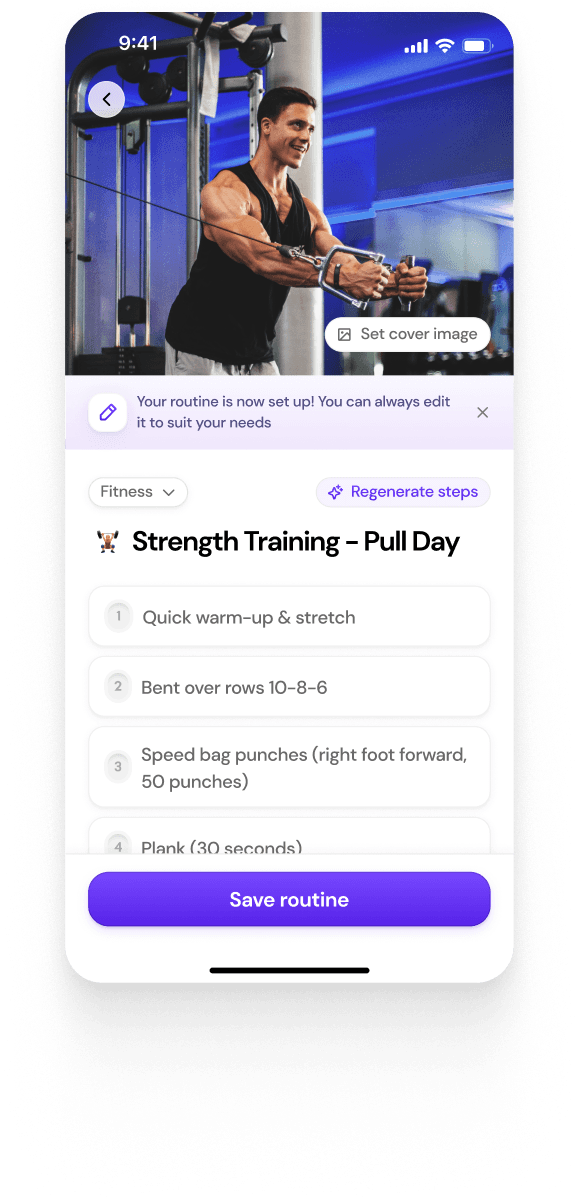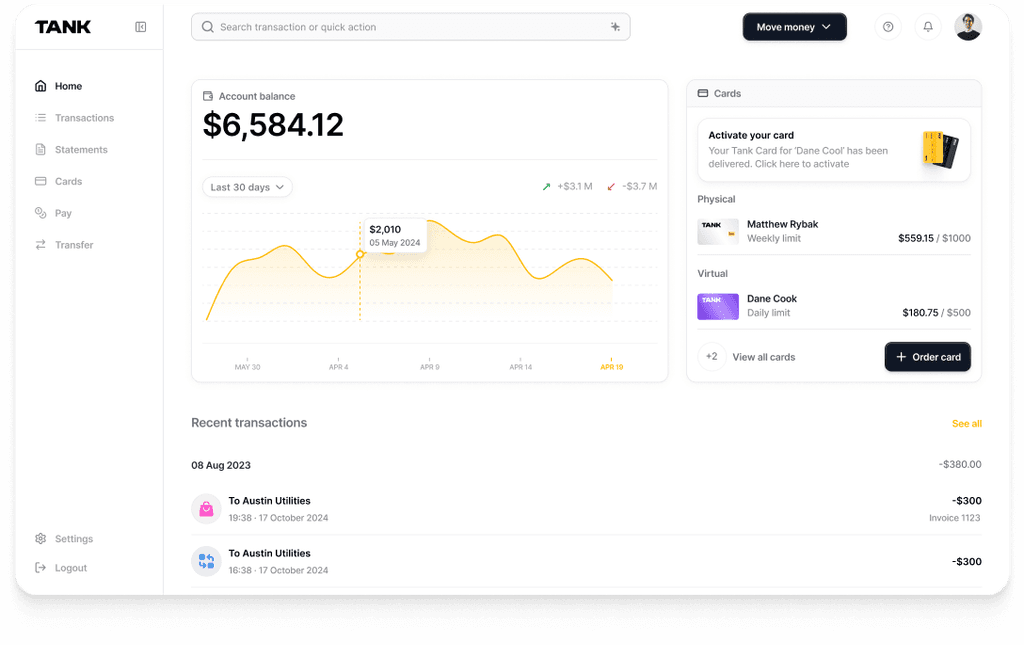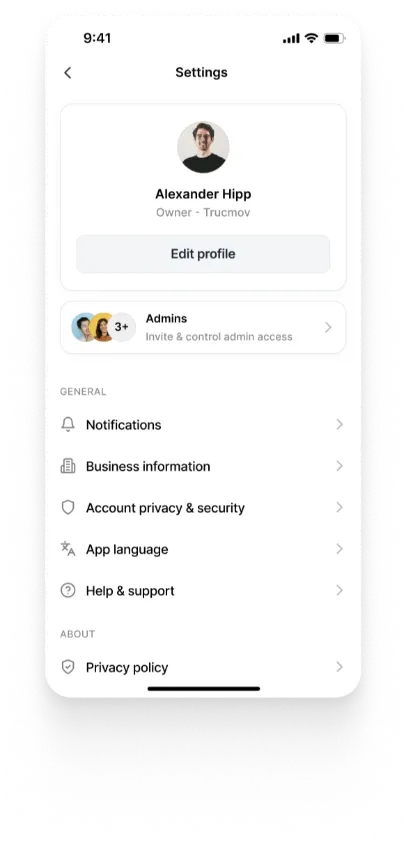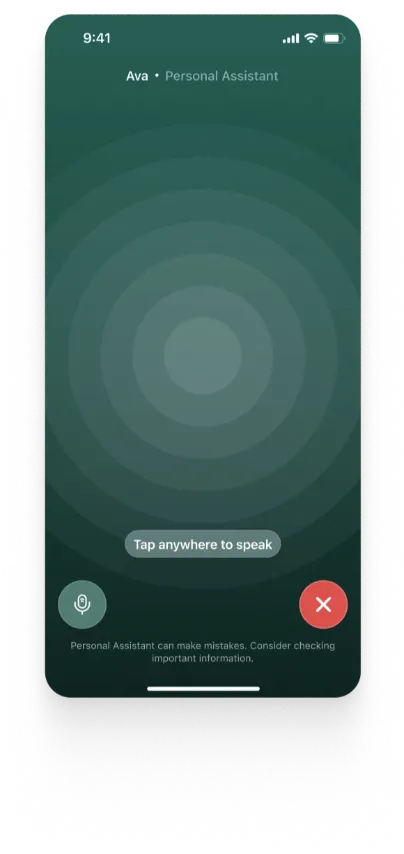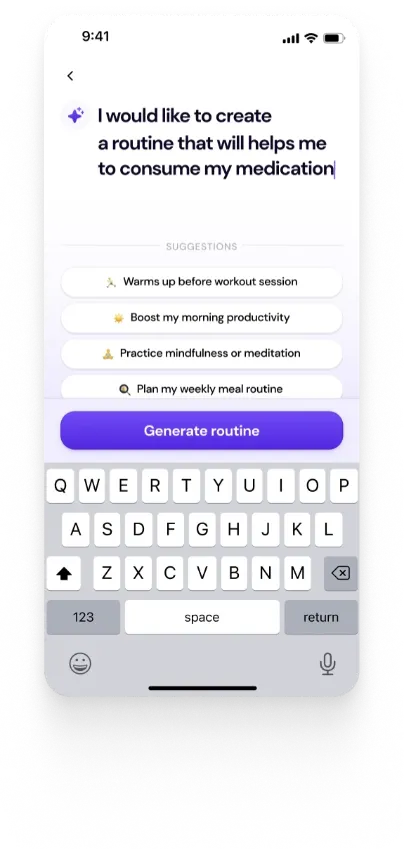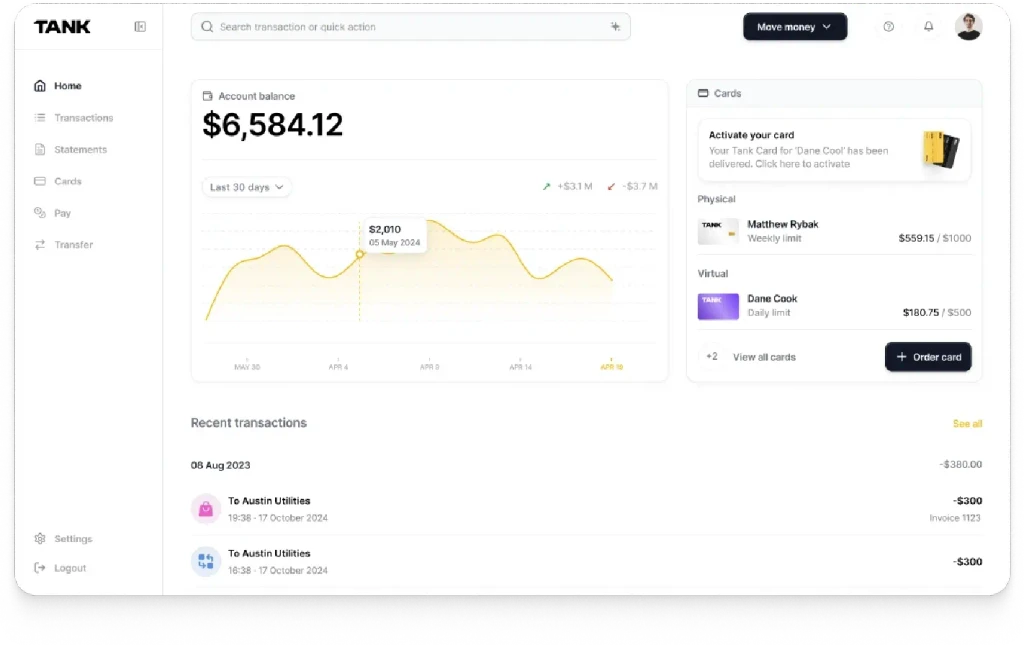HIPAA Compliance - A Comprehensive Guide for Healthcare Organizations
Summary
HIPAA is a U.S. law that sets privacy and security standards for handling patient health information. It requires covered entities to conduct risk assessments, implement privacy and security policies, train employees, and regularly review compliance. Violations can result in significant penalties, as demonstrated by cases like Premera Blue Cross. HIPAA compliance is crucial for protecting patient privacy and avoiding legal consequences.
Key insights:
HIPAA is a U.S. federal law established in 1996 to protect the privacy and security of sensitive patient information.
It covers entities like healthcare providers, health plans, and healthcare clearinghouses as well as their business associates that handle protected health information (PHI).
Key HIPAA rules include the Privacy Rule, Security Rule, Breach Notification Rule, Omnibus Rule, and Enforcement Rule, each catering to different aspects of PHI protection and patient rights.
Compliance involves a comprehensive risk assessment, implementing necessary safeguards, regular employee training, and ongoing monitoring and updating of security measures.
Non-compliance can result in severe penalties, including fines, legal actions, and loss of trust from patients.
Introduction
The Health Insurance Portability and Accountability Act (HIPAA) is a critical regulatory compliance standard designed to protect the privacy and security of sensitive patient information. HIPAA compliance is essential for healthcare organizations and any entity handling Protected Health Information (PHI) to ensure that data is properly safeguarded against breaches and unauthorized access. Failure to comply with HIPAA can result in significant fines, legal issues, and a loss of trust from patients and stakeholders.
In this article, we will explore what HIPAA compliance is, the key rules under HIPAA, the benefits of compliance, and the steps involved in obtaining and maintaining certification. Lastly, we present a case study that showcases the repercussions of non-compliance with HIPAA.
What is HIPAA
HIPAA is a U.S. federal law enacted in 1996 designed to provide privacy and security of protected health information (PHI). PHI includes any information that can be used to identify an individual and relates to their past, present, or future physical or mental health condition, healthcare treatment, or payment for healthcare services.
The purpose of HIPAA is to establish national standards for the protection of PHI and to ensure that individuals’ health information is properly safeguarded. HIPAA applies to covered entities which include healthcare providers, health plans, and healthcare clearinghouses. In addition to these, third-party vendors that handle PHI are also subject to HIPAA compliance.
HIPAA Rules
Privacy Rule
The privacy rule establishes national standards for protecting the privacy of individuals’ PHI. It sets limits on how covered entities can use and disclose PHI and grants individuals certain rights over their health information such as the right to access, inspect, and obtain copies of their medical records.
The privacy rule also requires covered entities to implement administrative requirements such as designating a privacy offer, developing and implementing privacy policies and procedures, and providing training to employees.
Security Rule
The security rule outlines national standards for safeguarding electronic protected health information (ePHI). It requires covered entities to implement physical, technical, and administrative safeguards to protect the confidentiality, integrity, and availability of ePHI.
Physical safeguards include measures such as controlling access to facilities and workstations, ensuring proper disposal of PHI, and implementing policies for mobile device security.
Technical safeguards involve measures such as access controls, audit controls, encryption, and transmission security.
Administrative safeguards involve measures such as risk analysis and management, workforce security (for example, employee background checks), and contingency planning.
Breach Notification Rule
The breach notification rule requires organizations to notify affected individuals and the U.S. Department of Health and Human Services (HHS) after a breach of unsecured PHI.
Omnibus Rule
The omnibus rule states that organizations must comply with a patient’s request to access or share their medical records.
Enforcement Rule
HIPAA is enforced by the Office for Civil Rights (OCR) within the HHS. Violations of HIPAA can result in significant penalties, including fines ranging from $100 to $50,000 per violation, with a maximum penalty of $1.5 million per year for repeated violations.
Achieving HIPAA Compliance
HIPAA compliance for healthcare organizations involves a series of key steps:
1. Conduct Risk Assessment: Identify potential risks and vulnerabilities related to the privacy and security of PHI within the organization. This assessment should cover all aspects of the operation including physical facilities, IT systems, and administrative processes.
2. Develop and Implement Policies: Based on the risk assessment, the organization should develop and implement policies to address the identified risks to ensure compliance with HIPAA.
3. Train Employees: Provide comprehensive HIPAA training to all employees. This training should cover privacy and security policies, procedures, and best practices. If new regulations or changes in policies are made, refresher training should be provided.
4. Implement Technical Safeguards: Establish safeguards for protecting the confidentiality, integrity, and availability of ePHI. These include access controls, encryption, and audit controls.
5. Establish Breach Notification Process: Develop a comprehensive breach notification process that outlines all the steps to be taken in the event of a breach of unsecured PHI.
6. Continuous Monitoring and Updates: HIPAA compliance needs to be maintained over time. The organization should regularly review and update its policies, procedures, and safeguards to ensure they remain effective. Conducting periodic risk assessments and audits can help identify potential risks.
Benefits of HIPAA Compliance
HIPAA compliance optimizes the internal controls and processes that immensely support organizations in solidifying their commitments relevant to the ideals of enhanced patient data security. Likewise, there are numerous benefits of obtaining HIPAA compliance that are as follows:
Enhanced Overall Security Outlook
HIPAA compliance requires organizations to implement measures and security controls, thus complying with the compliance standards further strengthens the security outlook of the organization.
Mitigation of Risks
Non-compliance with HIPAA can result in substantial fines, legal actions, and reputational damage. By adhering to HIPAA regulations, the organization can mitigate these risks and protect itself from potential financial and legal consequences.
Build Trust with Patients
Demonstrating a commitment to HIPAA compliance shows patients that the organization prioritizes the privacy and security of their health information - fostering trust and confidence.
HIPAA Non-Compliance
HIPAA violations and penalties are broken down into four tiers for organizations:

Case Study: HIPAA Violation
In 2014, Premera Blue Cross, a major health insurance company, experienced a data breach that exposed the personal information of over 10.4 million individuals. This breach went undetected for nine months before being reported in 2015.
Subsequent investigations by the U.S. Department of Health and Human Services (HHS) Office for Civil Rights (OCR) found Premera Blue Cross to be non-compliant with several HIPAA rules.
The company was cited for critical failures including:
Failure to conduct an enterprise-wide risk analysis to identify potential vulnerabilities.
Failure to implement adequate risk management measures to mitigate identified risks.
Failure to maintain audit controls to monitor and detect potential security incidents.
In 2020, Premera Blue Cross paid a $6.85 million fine to the OCR and agreed to implement corrective action plans to address the HIPAA violations. Additionally, Premera Blue Cross paid $10 million as part of a multi-state settlement and $74 million to resolve a class-action lawsuit related to the same data breach.
The Premera Blue Cross case serves as an example of the penalties that organizations can face for non-compliance with HIPAA regulations. It highlights the importance of remaining proactive as an organization to remain HIPAA compliant.
Conclusion
In conclusion, HIPAA compliance is a critical requirement for organizations working with patient’s medical data. By understanding HIPAA requirements, implementing the necessary safeguards, and continuously monitoring their compliance, organizations can avoid significant penalties, legal issues, and reputational damage.
Authors
References
https://www.hhs.gov/hipaa/for-professionals/privacy/laws-regulations/index.html
https://www.hhs.gov/hipaa/for-professionals/breach-notification/index.html
https://www.hhs.gov/hipaa/for-professionals/privacy/guidance/omnibus-hipaa-rule/index.html
https://www.hhs.gov/sites/default/files/hipaa-simplification-201303.pdf
https://www.hhs.gov/hipaa/for-professionals/compliance-enforcement/agreements/premera/index.html#:~:text=Premera%20Blue%20Cross%20(PBC)%20has,HIPAA)%20Privacy%20and%20Security%20Rules
https://secureframe.com/hub/hipaa/violations#
https://public3.pagefreezer.com/content/HHS.gov/31-12-2020T08:51/https://www.hhs.gov/about/news/2020/09/25/health-insurer-pays-6-85-million-settle-data-breach-affecting-over-10-4-million-people.html














